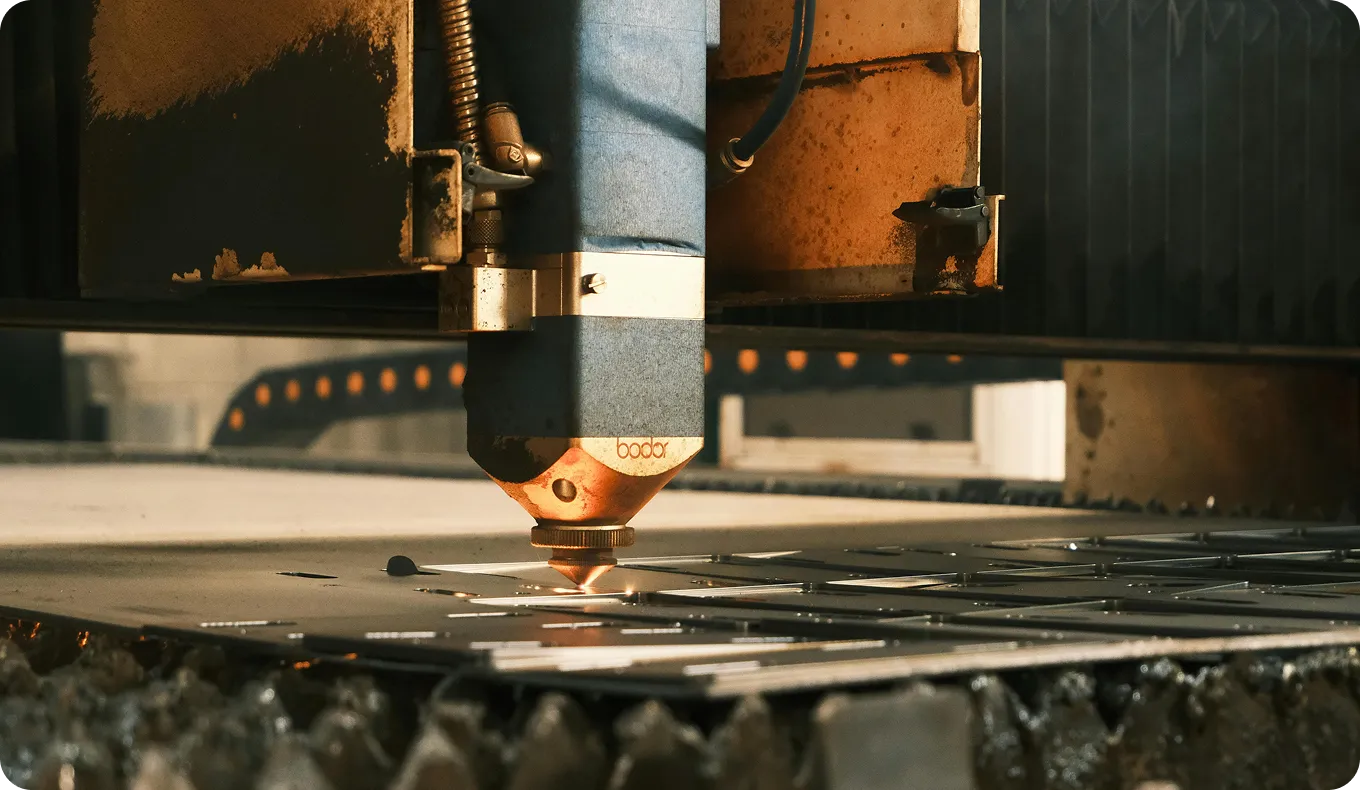Adam Optimizer
Learn how the Adam optimizer powers efficient neural network training with adaptive learning rates, momentum, and real-world applications in AI.
Adam (Adaptive Moment Estimation) is a popular and powerful optimization algorithm used in machine learning (ML) and deep learning (DL). It is designed to efficiently find the optimal values for a model's parameters (its weights and biases) by iteratively updating them based on the training data. Adam is highly regarded for its fast convergence speed and effectiveness across a wide range of problems, making it a common default choice for many practitioners when training custom models. Its development was a significant step in making the training of large, complex models more practical.
How Adam Works
The key innovation of Adam is its ability to adapt the learning rate for each individual parameter. Instead of using a single, fixed learning rate for all weights in the network, Adam calculates an individual learning rate that adjusts as training progresses. It achieves this by combining the advantages of two other optimization methods: RMSProp and Momentum. Adam keeps track of two main components: the first moment (the mean of the gradients, similar to momentum) and the second moment (the uncentered variance of the gradients). This combination allows it to make more informed updates, taking larger steps for parameters with consistent gradients and smaller steps for those with noisy or sparse gradients. The method is detailed in the original Adam research paper by Kingma and Ba.
Adam Vs. Other Optimizers
It's helpful to compare Adam with other common optimizers to understand its strengths.
- Adam vs. Stochastic Gradient Descent (SGD): While SGD is a fundamental optimization algorithm, it uses a constant learning rate that applies to all parameter updates. This can cause it to be slow to converge or get stuck in suboptimal "valleys" of the loss function. Adam, with its adaptive learning rates, often navigates the loss landscape more efficiently and converges much faster. However, some research suggests that models trained with SGD may generalize slightly better and avoid overfitting more effectively in certain scenarios. The choice often requires empirical testing, as explained in guides on model training tips.
- AdamW: A popular and effective variant is AdamW (Adam with Decoupled Weight Decay). It modifies the way weight decay—a regularization technique—is applied, separating it from the gradient update step. This often leads to improved model performance and better generalization. Implementations are available in major frameworks like PyTorch and TensorFlow.
Usage in Ultralytics YOLO
Within the Ultralytics ecosystem, Adam and its variant AdamW are available optimizers for training Ultralytics YOLO models. Leveraging Adam's adaptive learning rates can accelerate convergence during the training of object detection, instance segmentation, or pose estimation models like YOLO11 or YOLOv10. While SGD is often the default and recommended optimizer for some YOLO models due to potentially better final generalization, Adam provides a robust alternative, particularly useful during initial experimentation. You can easily configure the optimizer and other training settings. Tools like Ultralytics HUB streamline the process, allowing users to train models using various optimizers, including Adam, either locally or via cloud training. Frameworks like PyTorch and TensorFlow provide standard implementations of Adam, which are utilized within the Ultralytics framework.







.webp)
